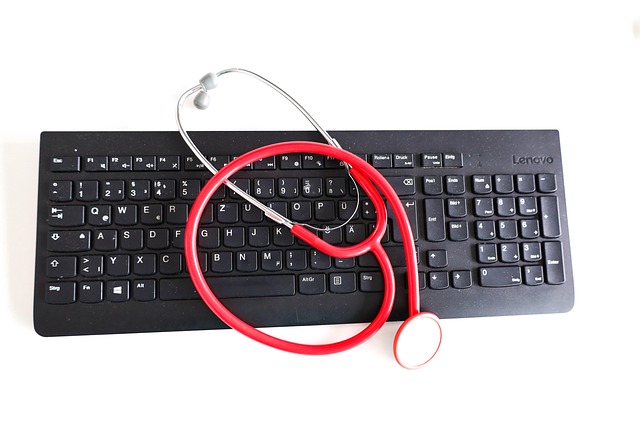In recent years, healthcare has undergone a significant transformation, driven by groundbreaking innovations that harness technology to improve patient outcomes. One of the most exciting developments has been the integration of robots with the help of telemedicine. This synergy is redefining patient care and making healthcare more accessible, efficient, and personalized than ever before.
Imagine a world where robotic systems are not just confined to factories but are actively participating in healthcare settings. Robotics in healthcare is not a far-fetched dream; it is already a reality. From surgical robots that assist surgeons in performing delicate procedures with precision to robotic exoskeletons that help patients regain mobility, the healthcare landscape is experiencing a revolution. These robots not only enhance surgical capabilities but also streamline operations in hospitals, allowing healthcare professionals to focus more on patient care.
Telemedicine has emerged as a powerful counterpart to these robotic innovations. With the rise of digital health technologies, patients can now access healthcare services from the comfort of their homes, breaking down geographical barriers and reaching underserved populations. Telemedicine platforms facilitate remote consultations, diagnostics, and monitoring, allowing healthcare providers to interact with patients in real-time.
The integration of robots in telemedicine is taking things a step further. For instance, robots equipped with telecommunication capabilities can be deployed in hospitals and patients’ homes, allowing doctors to interact with patients through robotic avatars. This not only provides patients with face-to-face interaction but also enables doctors to perform remote assessments and deliver care without being physically present. This is especially crucial in times of crisis, such as during the COVID-19 pandemic, where minimizing contact is essential.
Moreover, the implementation of robotics in telemedicine can increase efficiency. Automated systems can assist with administrative tasks, such as scheduling appointments or managing patient records, enabling healthcare professionals to allocate more time to direct patient care. This efficiency translates into shorter wait times and improved patient satisfaction. Patients can now receive timely interventions and follow-ups, significantly enhancing their healthcare experiences.
Innovative healthcare solutions powered by robots and telemedicine are also paving the way for personalized medicine. Remote monitoring devices can collect real-time data about a patient’s health metrics, which robots can analyze to provide tailored recommendations. This level of precision in healthcare allows for proactive management of chronic conditions and personalized treatment plans, ensuring that each patient receives care that is uniquely suited to their needs.
Despite the immense potential of robots with the help of telemedicine, it is essential to address the challenges that come with these technologies. Ethical considerations, such as patient privacy and data security, must be prioritized as we continue to innovate in this field. Additionally, training healthcare professionals to work alongside these technologies is crucial to maximize their benefits while maintaining a human touch in patient care.
The future of healthcare is undeniably bright with the advancements in robotics and telemedicine. These innovations not only promise to improve the efficiency of healthcare systems but also enhance the quality of care delivered to patients. As we move forward, the collaboration between robotics and telemedicine will undoubtedly play a pivotal role in shaping a healthier future.



